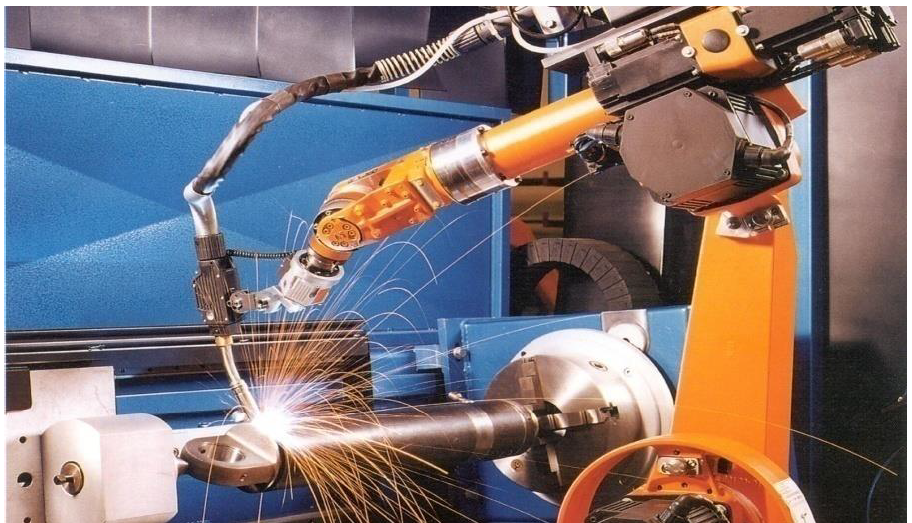Real-time quality monitoring for arc welding processes
Context
In mechanised applications, welding is performed using pre-set welding parameters in order to obtain a repeatable weld quality. Manufacturing tolerances of upstream operations, such as profile cutting and edge preparation, variation in the chemistry and accuracy of assembly, can significantly affect the quality of the welding operation, which can be challenging and expensive to control.
Measurement systems
In the past decades, a lot of research has been conducted to measure the shape of the weld pool. Various types of optical sensors have been applied to provide real-time monitoring of welding parameters, such as arc length, weld pool oscillation and weld pool size measurement.
The weld pool characteristics provide important information about the weld quality. For example, there is a strong correlation between weld pool width and the degree of penetration in TIG-welding. The weld pool width, volume and position relative to the joint are also important to determine the surface profile of the weld and the likelihood of the presence of imperfections, such as lack of fusion and penetration. High-quality images of the weld pool are essential to detect weld pool deviations and to implement the necessary changes of the welding parameters, in order to maintain the weld quality.
- Click here for more information about the available measurement systems
Advantages
- real-time process visualisation, monitoring and quality assurance,
- fast error detection reduces destructive testing and scrap,
- data, images or videos can be stored for quality documentation.
Project goals
The Belgian Welding Institute will start up a research project to demonstrate the feasibility of quality control using systems for inline, real time defect detection during welding.
Machine Learning models will be developed to correlate the data with the weld quality.
Challenges
The main research challenges are:
- in-depth research and development of high-speed integrated measurement systems for real-time quality control of arc welding, using local (weld pool) and global (complete weld/product) control measurements,
- development of predictive Machine Learning models to correlate measurements with physical defects,
- assessing the detection capabilities of measurement methods: which welding defects can be detected (e.g. lack of fusion, incomplete penetration, etc.), and how accurate they are,
- determine the optimum combination of measurement methods for accurate defect detection in arc welding,
- develop quality control strategies to predict product quality in real time in order to improve the quality of welded products,
- validate the applicability of real-time quality control using pilot tests in production companies, which will considerably reduce quality control costs.
Practical info about the study
Click here for all practical info
Interested in participating?
How can this project add value for you?
- You will discover the possibilities of quality monitoring of arc welding.
- In this project, we deal with priority cases from the guidance group.
- You will join an interdisciplinary team, where the various actors from industry are present.
- You will actively participate in an innovative project and keep abreast of the latest insights and developments.
Specifically, we are looking for companies that want to participate in the support group.
- Companies/machine constructors who use robotised/mechanised arc welding.
- Design and engineering companies,
- Companies active with Artificial Intelligence,
- Suppliers of machines, software and accessories (gas, wire, etc.).
What does such engagement entail?
- You co-direct the research and determine the direction of the issues to be investigated.
- You will receive all project results.
- As a member of the supervisory group, you participate in various consultation moments (2x/year). The project runs for 2 years
If you are interested in this topic, please contact us using the form below.

